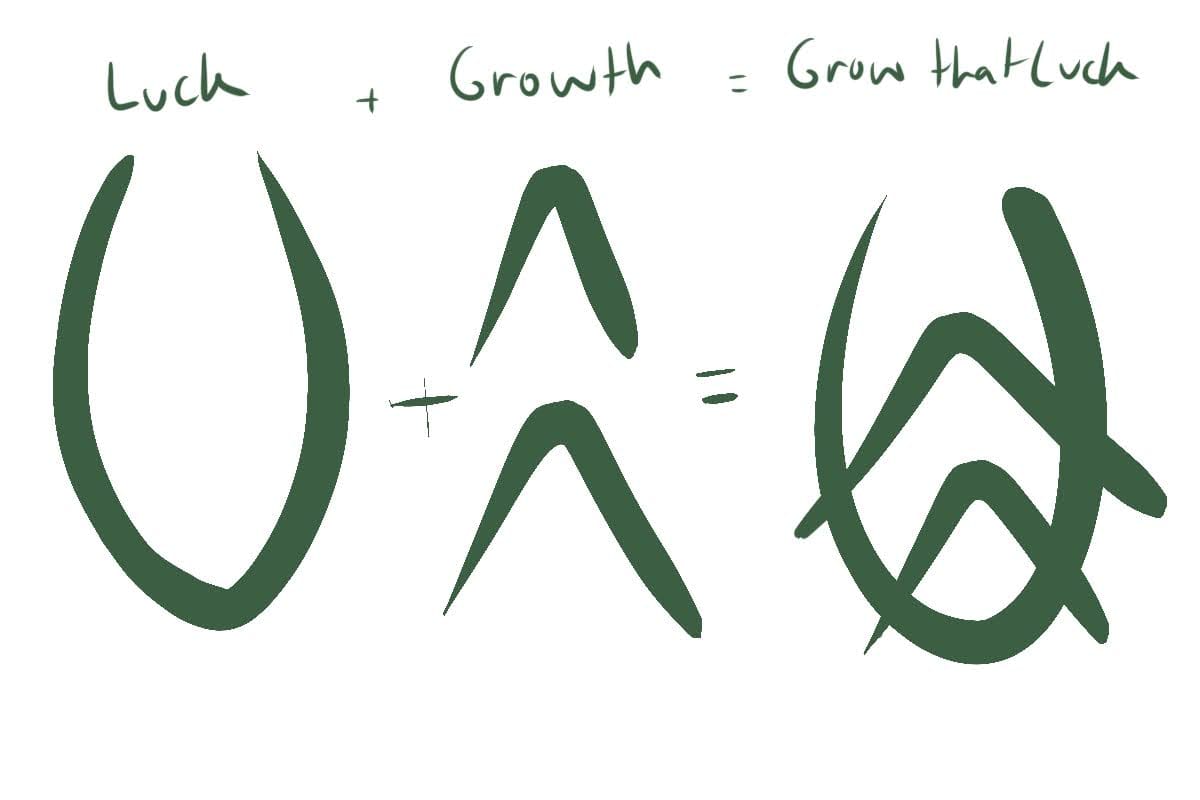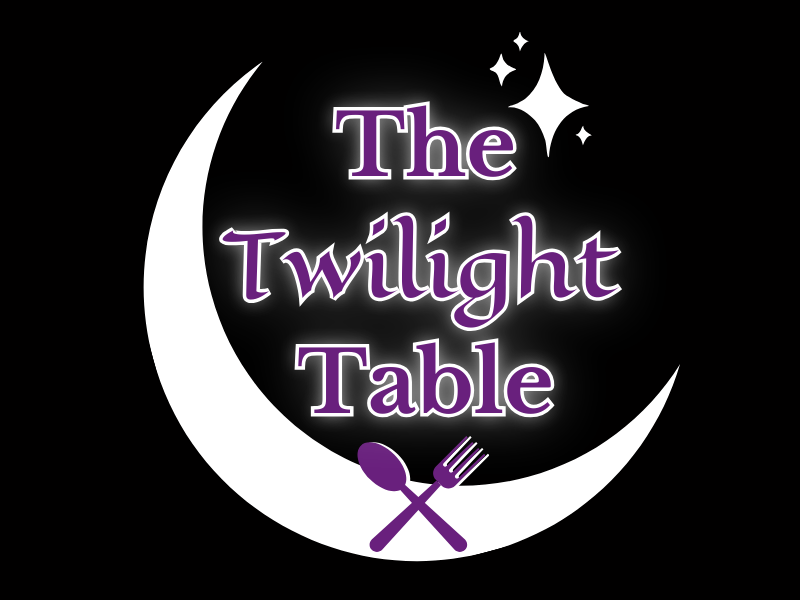Verdant Revelry
💛The Thicket welcomes you to Verdant Revelry🍀 …a Celestial Celebration of luck, abundance, and the magic woven into all things green. This is a holiday that coincides with St. Patrick’s day in the Readers Realm.

💛The Thicket welcomes you to Verdant Revelry🍀
…a Celestial Celebration of luck, abundance, and the magic woven into all things green. This is a holiday that coincides with St. Patrick’s day in the Readers Realm. In this lore post, we’ll explore the Thicket’s traditions surrounding this festival before diving into the history of its counterpart in the Reader’s Realm.
Is luck granted, earned, or woven by fate? Follow along to find out!
📜 A Whisper from the Thicket
The first green shoots push through the forest floor, stretching toward the golden morning as the Blooming Glade awakens. It feels as if all of The Thicket hums with renewal—Verdant Revelry has begun!
Thistle in particular loves this celebration, and who could blame her! The air of mystery around luck never fails to thrill her. After all, who isn’t drawn to a bit of fortune’s favor?
The Leprechauns are the leaders of this celebration alongside Thistle. Though usually elusive, this celebration brings out the revelry they hold so dear. Every year they gather the residents of The Thicket into the largest, clover covered field they can find for a festival. They ensure that mortals and spirits alike respect the balance of prosperity and mischief.
They host a series of games like:
- The Trickster’s Gambit – A game of skill and wit where players wager their luck in challenges of riddle-solving, card tricks, and slight-of-hand. Some games test wit, others test boldness, and others test insight, reflecting the many forms luck can manifest as. Sometimes they’ll tell a riddle in exchange for a lucky coin like “ I’m light as a feather, yet the strongest person can’t hold me for much longer than a minute. What am I?”
- The Green Fire Toast – At dusk, leprechauns light the Verdant Flame, a mystical green fire symbolizing renewal. Revelers raise their glasses, honoring the prosperity of past and future seasons. The fire grows throughout the night with the revelry.
🍀 Why Wear Green?
Green as a color represents money magic, good luck, healing and prosperity. According to Thicket Leprechaun lore, the color green blurs the line between seen and unseen, protecting against bad luck and mischievous spirits. They claim that those who don’t wear green are more likely to attract pranks from wandering fae—a pinch from unseen fingers, objects vanishing for hours, or a sudden gust of wind knocking over a drink. It’s all in good fun... mostly.
🍺The Guinness Incident
Thistle, who has lived for over 125 years, is no stranger to watching time shift and celebrations evolve. But when Ma Violette first told her about Guinness Beer, the ever-curious Guardian of Spring insisted on trying it. (Ma Violett obliged to let her taste, but not after careful consideration. She was then reminded that Thistle was almost twice her age)
The richness, and the effects of the drink amazed her. Was there magic in here that made her suddenly more floaty, social, and crave deep fried cheese? After her first sip, it was said that the tree stump she was sitting on grew so tall that it could even be seen from the tallest mountains in The Whispering Pines before it rejoined the earth when she finally did.
Ever since, she insists on a single pint each Verdant Revelry, raising a toast to the old and the new, to tradition and renewal, and to the joy of discovering something unexpected.
🔮 Spirit Sigil: Grow Your Luck
Naturally, the sigil of Verdant Revelry is 'luck.' But luck alone is fleeting—pair it with ‘growth’, and it grows as sturdy as Thistle’s Guinness stump.

🌱 The Celebration’s Gift
🍀 In the Twilight Thicket, four-leaf clovers are not found by accident—they reveal themselves only to those who seek with pure intent. Each leaf represents a force of Verdant Magic: Fate, Effort, Fortune, and Will.
Those who find one must decide how to use its blessing:
- 📖Press it into a book → A wish for knowledge and luck in your intellectual pursuits.
- 🌱Bury it in the soil → A wish for growth and prosperity and luck at the next harvest.
- 🎁Gift it to another → A wish for connection and shared fortune.
However, Leprechauns warn against hoarding clovers—those who take more than their share may find themselves running out of luck faster than they expected.
🌖 The Dreamer’s Message
Notes from The Dreamer: The Roots of Verdant Revelry
Long before St. Patrick arrived in Ireland, the land thrived under the deep-rooted spiritual traditions of the Celts. They were a people woven into the fabric of nature, honoring the cycles of the earth, the spirits of the land, and the mystery of forces beyond human control. The shamrock and clover, symbols now tied to a Catholic saint, were once powerful emblems of renewal and balance, used by Druids to connect with the unseen and ward off misfortune. The rare four-leaf clover, said to offer second sight and protection, was an omen of divine favor—not simply luck, but a sign of alignment with the world’s natural magic.
Once revered as trickster-guardians of hidden treasures, leprechauns were reshaped into mischievous caricatures through colonial storytelling. Even the phrase “Luck of the Irish" itself carries a dual meaning: in some spaces, it speaks to resilience, a people who turned hardship into strength. In others, it was once a sneering phrase—implying that any Irish success was mere chance, not effort. History has a way of twisting meaning, but just as fields left to ruin can grow anew, cultures reclaim their stories.
And where does Guinness fit in? Beyond the drink, it represents something deeper: community, survival, and identity. In the heart of Irish tradition, the pub wasn’t just a place to drink—it was a place to gather, share stories, grieve, celebrate, and remember. A place where resilience wasn’t just spoken about but lived, where the Irish spirit thrived no matter what forces sought to claim it.
Verdant Revelry embraces all of this—the earth’s quiet magic, the joy of gathering, and the ever-shifting mystery of luck—reclaiming it into a celebration of renewal. It honors how traditions change, how we can take what was meant to erase and reshape it into something richer. It invites us to examine luck not as something granted by an outside force but as something we cultivate through action, belief, and connection. It asks us to share what is good, let the rest fall away, and to celebrate not just what was lost—but what was reborn. 🌱
